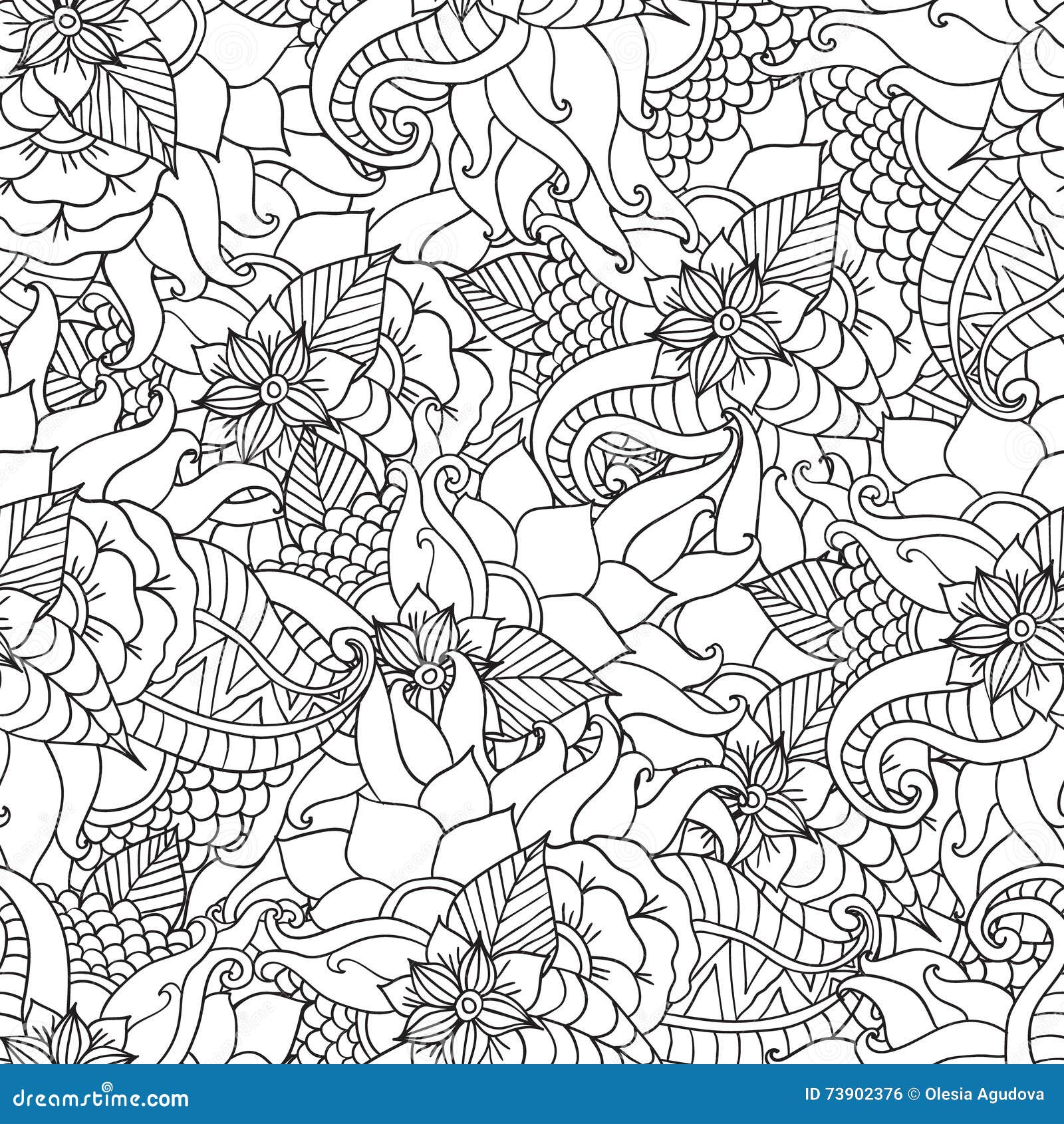Explore Standards. Explore Standards. Available Subscriptions. Available Subscriptions. Monday to Friday. 9 am to 7 pm (AEST/AEDT) email protected 1800 035 822 (Australia) +61 2 9237 6171 (Overseas) Visit our corporate website.
- As1100 Drawing Standards Free Download
- A-s1100 Drawing Standards Free Pdf
- As1100 Drawing Standards Free Pdf
- AS1100 is the drawing standard that is used within Australia. It defines every aspect of the drawing. AS1100 provides a standard that (if followed by all companies), allows for a clarity, understanding and uniformity across all drawings generated nation wide. Name or Title of Drawing / Drawing Number.
- Nov 16, 1992 This Standard sets out the basic principles of technical drawing practice with the following sections: sets out abbreviations. Specifies materials, sizes, and layout of drawing sheets. Specifies the types and minimum thicknesses of lines to be used and shows typical examples of their application.
Lines:
There are a number of different lines that you will be required to use in Technical Drawing. The table below shows you the different lines, describes where they are used and give you an example of each line.
| Type of Line: | Use of line in Technical Drawing: | Example of lines: |
| Type A - Continuous, Thick | Visible outlines of the drawing. | |
| Type B - Continuous, Thin | Dimension and projection lines, leaders. Hatching on sections. | |
| Type C - Continuous, Thin (freehand) | Break in the object . | |
| Type D - Continuous, Thin (ruled with zig-zag) | Break in the object (Straight) | |
| Type E - Dashed, Thick | Hidden edges. | |
| Type G - Chain, Thin | Center Lines of circles, arcs and center of objects. | |
| Type H - Chain, Thick at each end and thin in the middle. | Cutting plane in sectioning of objects. |


Where two or more lines of different type coincide, the following order of priority should be observed:

(a) Visible outlines and edges. (b) Hidden outlines and edges. (c) Cutting planes. (d) Centre-lines. (e) Projection lines. |
Selection of views shall be selected according to the following principles:
(a) To reduce the number of views required to fully delineate the information to be specified.
(b) To avoid the need for hidden outlines.
(c) To avoid unnecessary repetition of detail.
Sectioned views:
Sectioning is used to show internal detail or to reduce the use of hidden detail lines that may make the object difficult to recognise. All hidden outlines in the section should be omitted except in special cases.
These types of drawings are Orthogonal's with imaginary lines cutting the object into parts.
Each sectional view or section shall be identified with its appropriate cutting plane, where identified, by inscribing a subtitle below the view or section; e.g. ‘SECTION A-A’, ‘SECTION B-B’.
Cutting planes are to shown using a 'Type H' line with the direction of viewing show by an arrowhead and a letter placed at the tail of the arrow. The cutting plane should pass through the main part of the object.
Hatching:
The cut part of the object is to be shown using with a hatched line (usually at 45°, unless this would make the object more difficult to understand). Where two or more adjacent parts have been sectioned the hatch line should be at different angles.
Angle of Hatching | Sectioning of Adjacent components |
As1100 Drawing Standards Free Download
Breaks:
Break maybe used to shorten lone objects and will use Type C or Type D lines.
Symbols:
The following symbols are to be used in dimensioning:
| Symbol: | Use: |
| Diameter symbol, this is used to indicate the diameter of a circle. | |
| R | Radius Symbol, this is used to indicate the radius of a circle or arc. |
| This symbol is used to refer to the object being identified is square and the same size across all surfaces. |
A-s1100 Drawing Standards Free Pdf
Dimensioning, Projection and Leader Lines:
Objects that are drawn in Graphics often need to have dimensions showing the size and angles used to show detail about the component. Dimensions show the length and angle of items and the drawing should include only the measurements require to describe the object.
Projection lines are lines that extend from the object and extend outside the outline of the drawing where possible. These lines should start and extend past the dimension line.